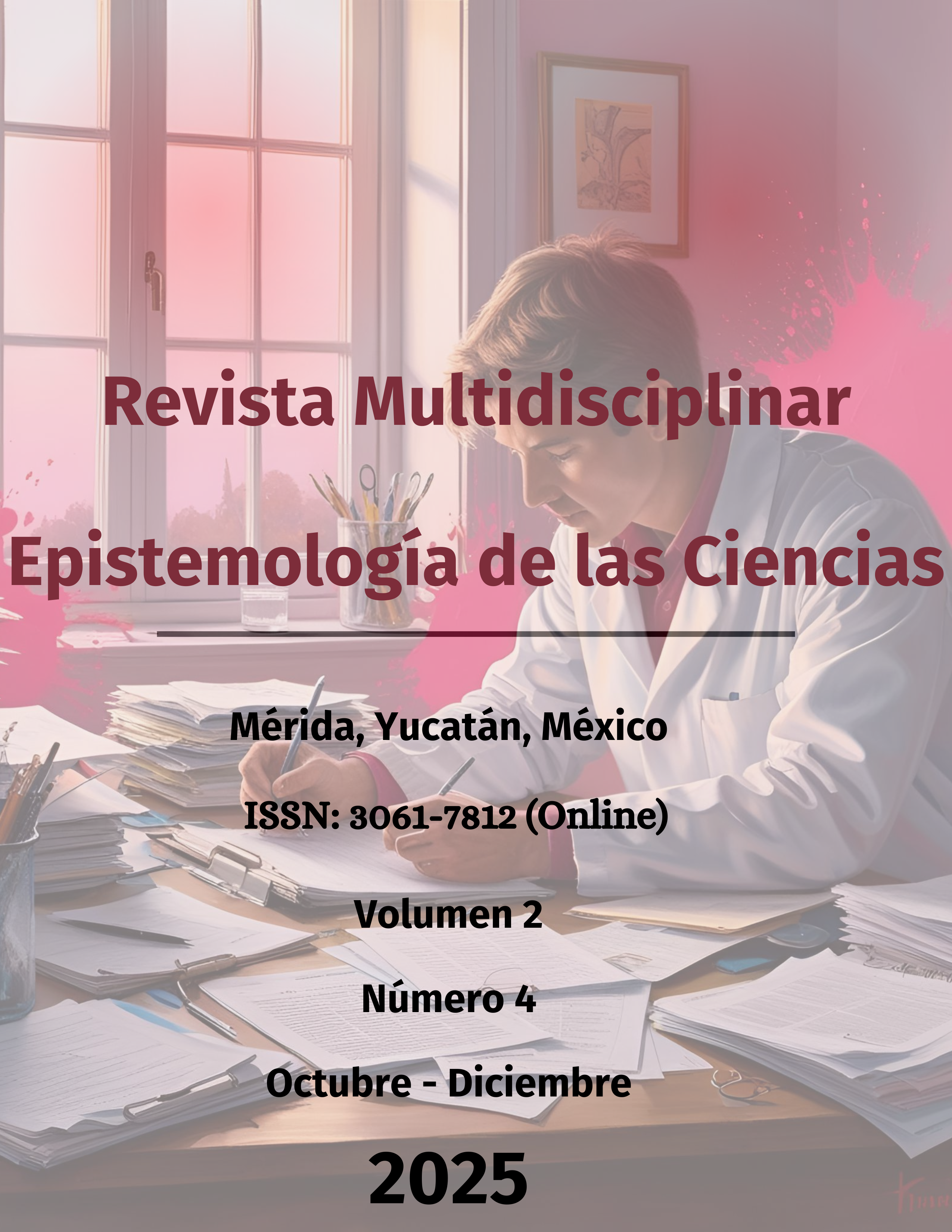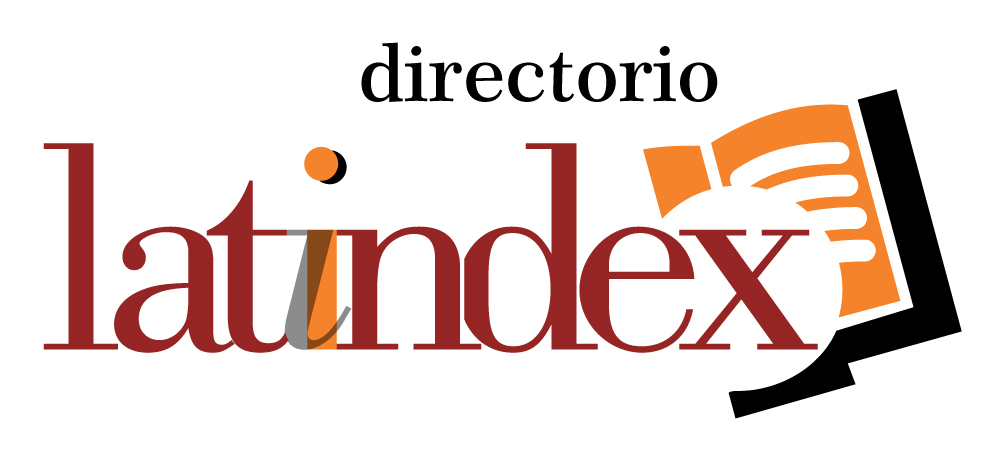El hábitat de la Serpiente Emplumada: la tierra, el inframundo y el supramundo
DOI:
https://doi.org/10.71112/pbz7ab64Palavras-chave:
Serpiente Emplumada, tierra, agua, aire, nahuas, mundo, supramundo, inframundoResumo
A continuación, se estudia la deidad nahua Quetzalcóatl – Serpiente Emplumada como un principio conector que vincula los tres estratos fundamentales de su universo: la tierra, el inframundo y el supramundo. Observando su presencia en los aspectos, míticos, divinos y biológicos principalmente.
Exponiendo sus características naturales y físicas; en este sentido su aspecto acuático relacionado con los pozos, ríos y lagos, que fueron en la cosmovisión mesoamericana considerados conectores con el inframundo o el inframundo mismo, y por otro su carácter terrestre que representa el mundo físico o de los humanos. Y un tercer aspecto de esta Serpiente Emplumada, es su atributo de ser emplumada, lo que representaría, el hábitat de las aves, el lugar del viento, de Tonatiuh, el cielo, el supramundo.
Para demostrarlo, este artículo se divide en tres etapas: primeramente, se expone la relación de la Serpiente Emplumada con la tierra; posteriormente con el inframundo a través de las cuevas y el agua y por último con el cielo o supramundo.
Downloads
Referências
Aguilera, C. (1981). El Tonalamatl de la colección de Aubin: Estudio introductorio.
Broda, J. (1987). Templo Mayor as ritual space. En J. Broda, D. Carrasco y E. Matos Moctezuma (Eds.), The Great Temple of Tenochtitlan: Center and periphery in the Aztec world (pp. 61–123). University of California Press.
Caso, A. (1974). El pueblo del sol.
Castellón Huerta, B. R. (1987). Mitos cosmogónicos de los nahuas antiguos. En Mitos cosmogónicos del México indígena.
Ciudad Real, A. de. (1976). Tratados curiosos y docto de las grandezas de la Nueva España.
Del Paso y Troncoso, F. (1979). Descripción, historia y exposición del Códice Borbónico.
Durán, D. de. (1980). Historia de las Indias de Nueva España e Islas de Tierra Firme. Editorial Porrúa.
Garza, M. de la. (1998). El universo sagrado de la serpiente entre los mayas. UNAM.
Landa, D. de. (1994). Relación de las cosas de Yucatán.
Manzanilla, L. (1994). Geografía sagrada e inframundo en Teotihuacan. Antropológicas.
Martín del Campo, R. (1979). Herpetología mexicana antigua I: Las serpientes y el hombre. UNAM.
Museo Nacional de Antropología. (2011, mayo). Información museográfica de la pieza de la diosa Cihuacóatl[Información museográfica]. Sala Mexica, Museo Nacional de Antropología, Ciudad de México, México.
Recinos, A. (1968). Popol Vuh: Las antiguas historias del Quiché.
Sahagún, B. de. (1997). Historia general de las cosas de la Nueva España.
Sahagún, B. de. (1997). Historia general de las cosas de Nueva España: Vocabulario. CONACULTA.
Séjourné, L. (1998). El universo de Quetzalcóatl. Fondo de Cultura Económica.
Seler, E. (1963). Comentarios al Códice Borgia (Tomo I).
Telleriano-Remensis. (1964). Códice Telleriano-Remensis. En Antigüedades de México.
Downloads
Publicado
Edição
Seção
Licença
Copyright (c) 2025 Revista Multidisciplinar Epistemologia das Ciências

Este trabalho está licenciado sob uma licença Creative Commons Attribution 4.0 International License.











